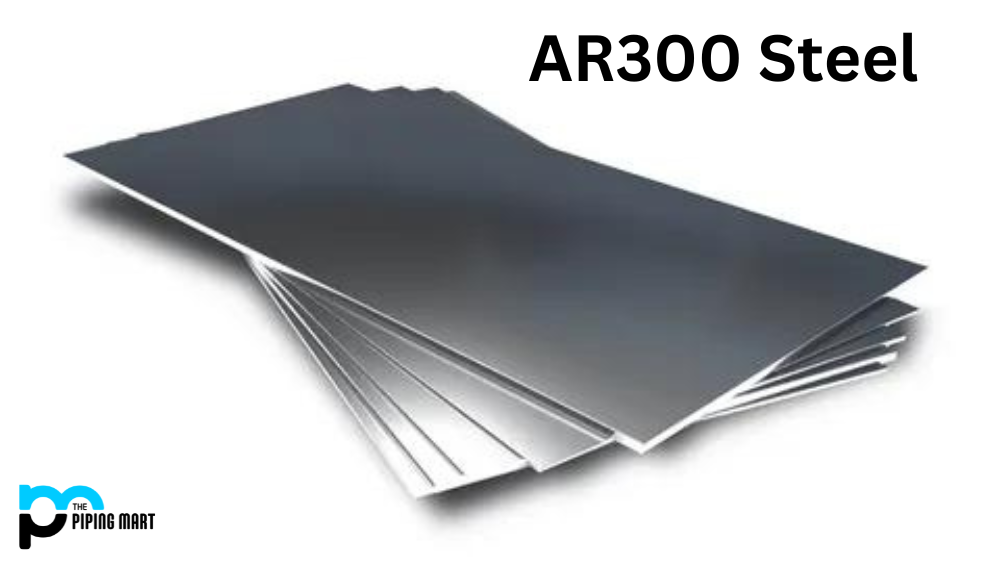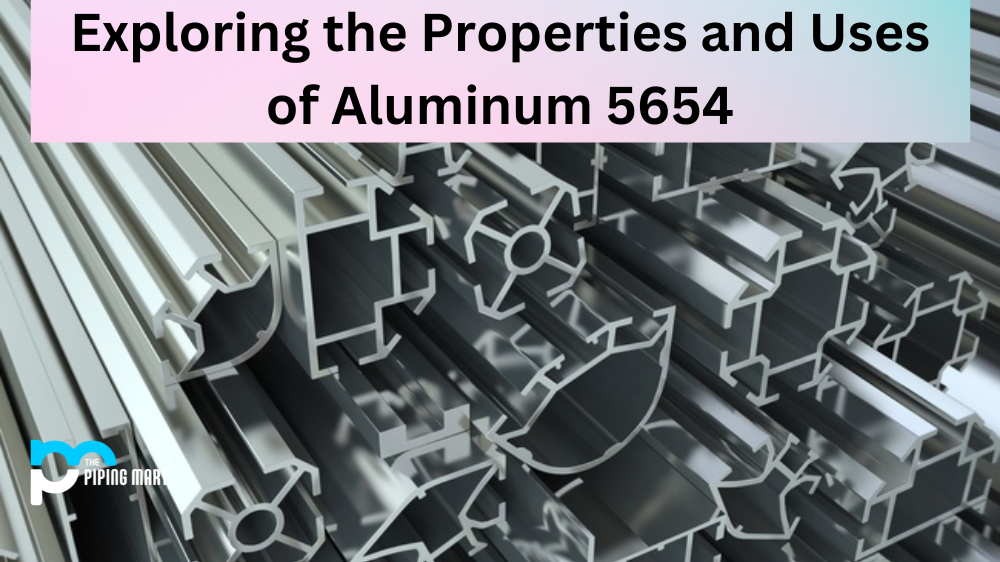AR300 steel is a type of abrasion-resistant steel that is commonly used in various applications across different industries. This type of steel is known for its exceptional strength, hardness, and toughness, making it ideal for tasks that require resistance against impact, wear, and tear. In this blog post, we will explore the different aspects of AR300 steel, from its composition and mechanical properties to its various applications and fabrication methods. Whether in the construction, mining, or manufacturing industry or even just a curious reader, this post aims to provide comprehensive information about AR300 steel and its unique properties.
AR300 Steel Composition
AR300 steel, also known as abrasion-resistant steel, is made from low-carbon steel alloyed with elements such as manganese, carbon, and chromium. The alloying elements added to AR300 steel increase its strength, hardness, and resistance to abrasion. The carbon content of this steel ranges from 0.20% to 0.30%, while the total alloy content ranges from 0.90% to 1.50%.
AR300 Steel Mechanical Properties
AR300 steel has exceptional mechanical properties, such as high tensile strength, hardness, and toughness. The tensile strength and yield strength of AR300 steel are 196 psi and 171 psi, respectively. This type of steel has a hardness rating of 300 Brinell, which means it is highly resistant to impact, wear, and tear. It also has a good balance of toughness and rigidity, making it ideal for many applications.
AR300 Steel Physical Properties
The physical properties of AR300 steel include a density of 7.85 g/cm³, a melting point of 1420-1465°C, and a thermal conductivity of 44.5 W/mK. These properties make AR300 steel suitable for high-temperature applications such as welding and forging.
AR300 Steel Uses
AR300 steel is used in various applications where strength, resistance to impact and abrasion, and toughness are required. Some typical applications of AR300 steel include body armour, bucket components, dump truck liners, and bulldozer blades. It is also used in construction, mining equipment, and manufacturing machinery.
AR300 Steel Corrosion Resistance
AR300 steel is not stainless; therefore, it is susceptible to corrosion when exposed to moisture, oxygen, and other corrosive substances. However, adding chromium to its composition increases its corrosion resistance. AR300 steel can be coated or painted with a protective layer or treated with a rust inhibitor to enhance corrosion resistance.
AR300 Steel Heat Treatment
AR300 steel can be heat-treated to increase its strength and hardness. However, this type of steel does not respond well to heat treatment, and the process must be carefully regulated to prevent warping and cracking. To obtain the desired hardness, AR300 steel is typically quenched and tempered.
AR300 Steel Machining
AR300 steel is considered difficult to machine due to its hardness and toughness. Carbide or diamond tools are typically used to machine this type of steel. Machining AR300 steel also requires slow speeds, high feed rates, and low cutting depths to prevent tool wear and overheating.
AR300 Steel Welding
AR300 steel can be welded using various methods such as Gas Metal Arc welding (GMAW), Gas Tungsten Arc Welding (GTAW), and Shielded Metal Arc Welding (SMAW). However, welding AR300 steel requires pre- and post-weld heat treatment to prevent cracking and distortion. Welding AR300 steel also involves using suitable filler material and proper welding techniques.
Conclusion
AR300 steel is a versatile and durable steel used in various applications across different industries. Its exceptional strength, hardness, and toughness make it ideal for tasks that require resistance against impact, wear, and tear. AR300 steel can be heat-treated to increase strength and hardness and welded using various methods. However, proper preheat and post-weld heat treatment are necessary to prevent distortion and cracking. While AR300 steel is susceptible to corrosion, protective coatings or treatments can be used to avoid damage. Knowing the properties and applications of AR300 steel can help select the right steel type for a particular task.
Meet Heer, a dynamic and driven writer learning tricks of her trade in the metal industry. With a background in Digital Marketing, Heer brings a unique perspective to her writing, sharing valuable insights. Apart from blogging she like reading and hiking.




